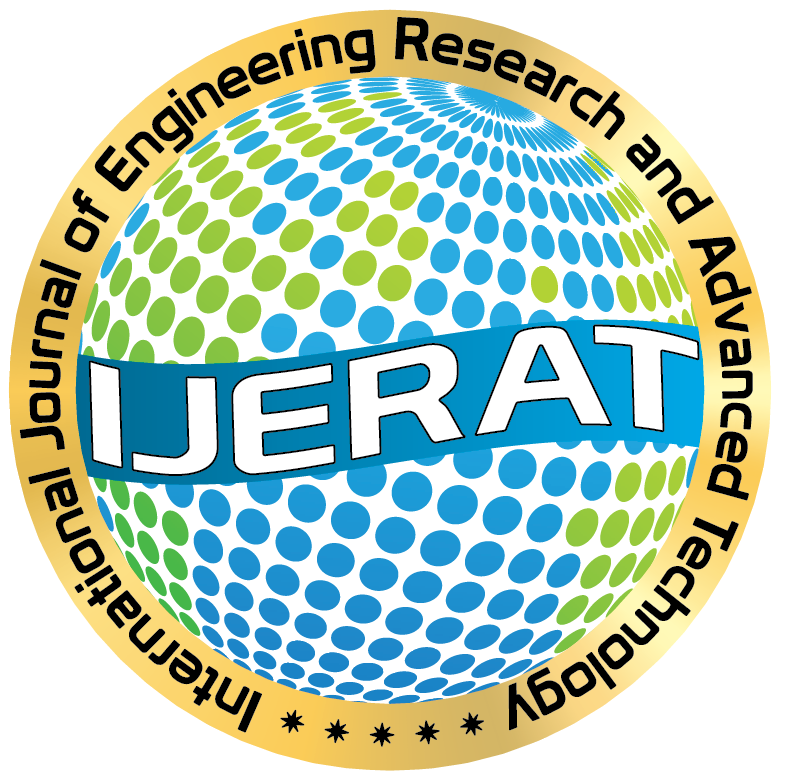Cyber Security Preparation for New Emerging Markets
DOI:
https://doi.org/10.31695/IJERAT.2018.3311Keywords:
Online Payment, Threats to Ecommerce, Threats to Online Banking.Abstract
Emerging E-commerce communities considered a good chance of threating for cybercriminals because both parties of e-commerce (Business and Consumers) are not well prepared to defend against attackers’ techniques. This research tried to measure the security knowledge level for consumers as millions of employees will be transferred from cash in hand wages into electronic payrolls which will be the first step before start using the electronic banking facilities A questionnaire about most security threats terms introduced into 50 individuals while considered only 30, participants classified as professionals and a moderate level of commuter and internet users to examine if they prepared well to defend against possible security attacks related to managing their online banking. The results showed that although some of the users are computer professionals (as they evaluate themselves), but the questionnaire stated that even those participants are not having enough knowledge about specific security threats which might face in next future. Also, results showed that very poor level of possible security attack terms and techniques while special organization have demonstrated the number of attacks has been done using these techniques in 2017 The most security terms that chosen to be measure are elected carefully from different previous research in e-commerce threat fields and from real evaluator for such threats as HSBC bank.








